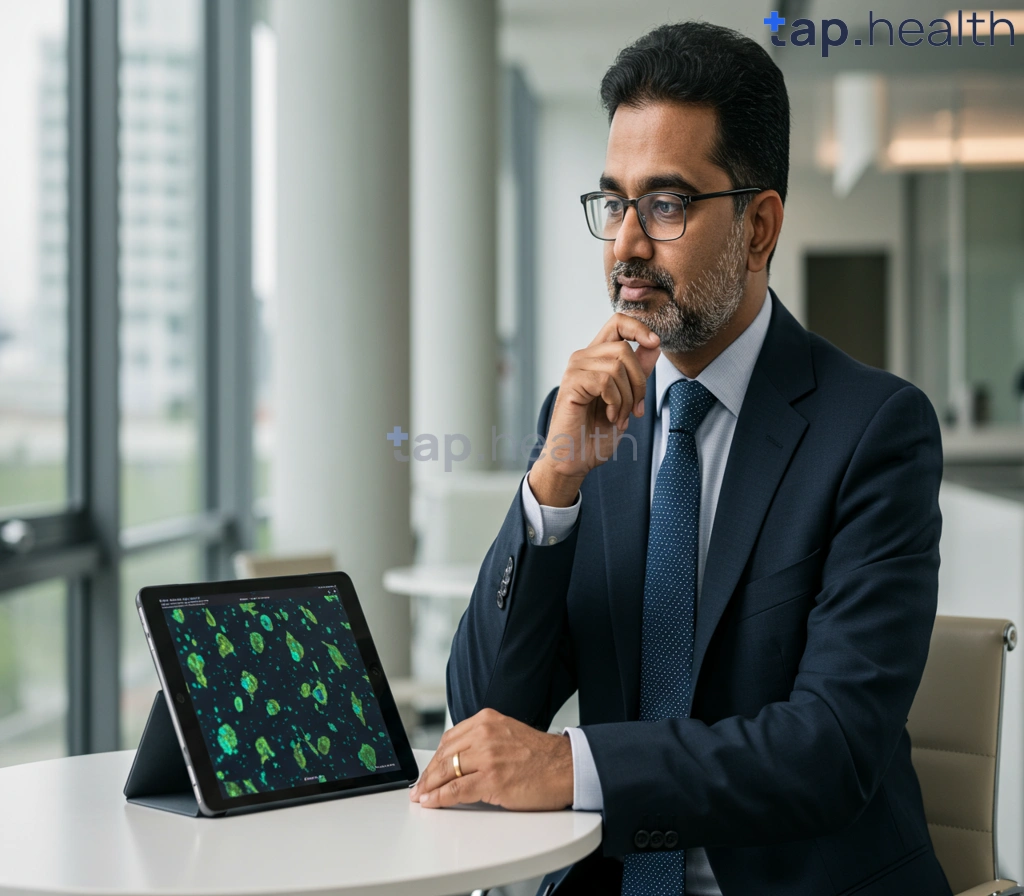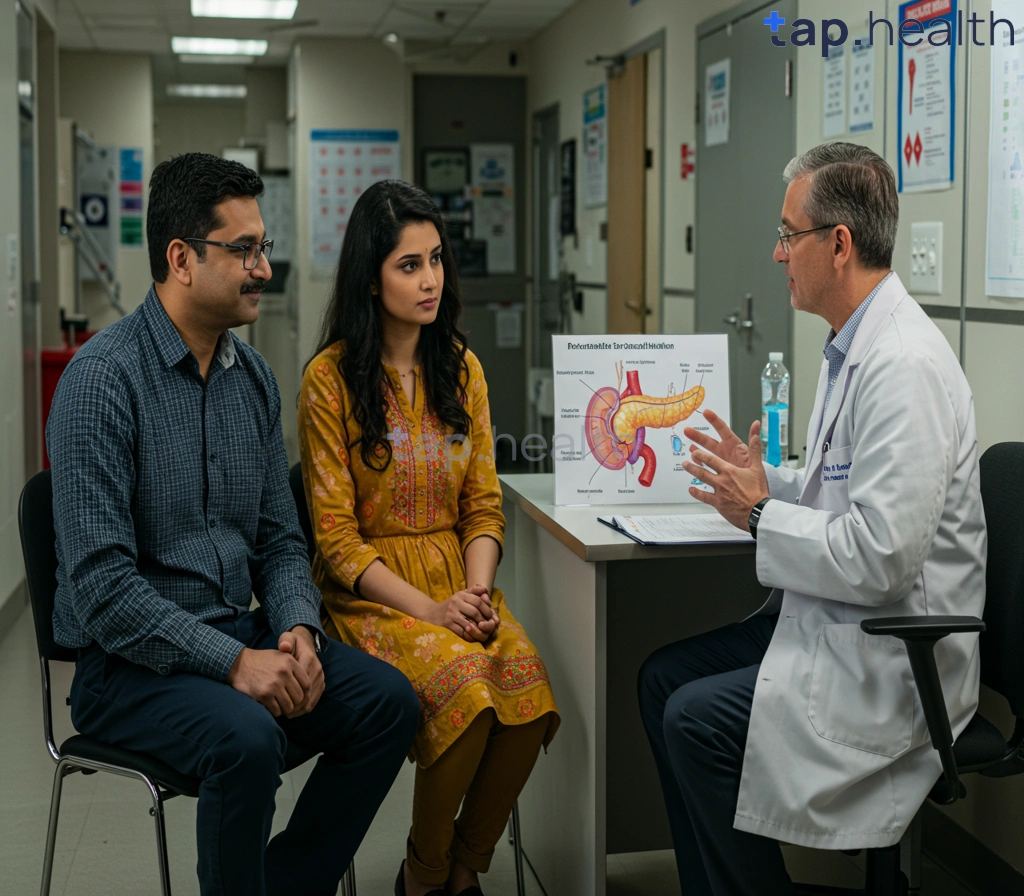Table of Contents
- Repaglinide and Metformin: A Complete Guide
- Understanding Repaglinide and Metformin Treatment
- Repaglinide vs. Metformin: Which is Right for You?
- Managing Type 2 Diabetes with Repaglinide and Metformin
- Oral Medications for Type 2 Diabetes: Repaglinide & Metformin Regimen
- Frequently Asked Questions
- References
Managing type 2 diabetes can feel overwhelming, but understanding your treatment options is a crucial first step. This comprehensive guide dives deep into Repaglinide and Metformin, two commonly prescribed oral medications used to control blood sugar levels. We’ll explore how these drugs work individually and in combination, addressing common questions and concerns. Whether you’ve just been diagnosed or are looking for a better understanding of your current regimen, Repaglinide and Metformin: A Comprehensive Guide to Oral Treatment is designed to empower you with the knowledge you need to make informed decisions about your health. Let’s get started!
Repaglinide and Metformin: A Complete Guide
Maintaining healthy blood sugar levels is crucial, especially in regions like India and other tropical countries where diabetes prevalence is high. A normal fasting blood sugar level should ideally fall between 70–99 mg/dL. Anything between 100–125 mg/dL suggests prediabetes, while levels of 126 mg/dL or higher indicate diabetes. Understanding these levels is the first step in managing your blood sugar effectively.
Understanding Repaglinide and Metformin
Repaglinide and metformin are commonly prescribed oral medications used to manage type 2 diabetes. They work differently but often in synergy. Metformin, a first-line treatment, helps improve insulin sensitivity and reduces glucose production in the liver. Repaglinide, on the other hand, stimulates the pancreas to release more insulin, particularly after meals. This combination can be highly effective in controlling blood sugar levels for many individuals.
Combining Repaglinide and Metformin: Benefits and Considerations
The combined use of repaglinide and metformin offers several benefits. It can often achieve better glycemic control than either drug alone, leading to improved long-term health outcomes. However, it’s crucial to remember that this combination is not suitable for everyone. Your doctor will assess your individual needs and medical history to determine if this treatment is appropriate. Side effects, while generally manageable, should be discussed openly with your physician. It’s important to understand how other medications might interact; for example, you might want to read more about Does Lexapro Affect Diabetic Medicine? Impacts, Risks & Management Tips if you’re taking both.
Seeking Expert Advice in India and Tropical Countries
Managing diabetes effectively requires a personalized approach. In India and other tropical countries, access to quality healthcare can vary. It’s essential to consult a qualified diabetologist or endocrinologist who can assess your specific needs and advise on the best treatment plan. Regular monitoring of your blood sugar levels, along with adherence to lifestyle changes like diet and exercise, plays a crucial role in achieving and maintaining optimal health. Don’t hesitate to seek expert guidance to manage your diabetes effectively. Remember that even seemingly innocuous over-the-counter medications can impact your blood sugar; for instance, you may find information on Can a Diabetic Take Robitussin? helpful.
Understanding Repaglinide and Metformin Treatment
Over 80% of individuals with Type 2 diabetes in India and other tropical countries grapple with insulin resistance, a key factor impacting blood sugar control. This highlights the critical role of effective treatment strategies like combined Repaglinide and Metformin therapy. This approach often proves highly beneficial in managing blood glucose levels, especially in populations where lifestyle modifications alone may not suffice.
How Repaglinide and Metformin Work Together
Repaglinide is a meglitinide, stimulating the pancreas to release more insulin when blood glucose levels rise after meals. Metformin, on the other hand, improves insulin sensitivity and reduces glucose production by the liver. This synergistic effect makes the combination particularly effective in controlling postprandial hyperglycemia, a common challenge in Type 2 diabetes management, especially prevalent in high-carbohydrate diets common in many Indian and tropical regions. The combined action helps maintain better blood sugar control throughout the day.
Considerations for Patients in Tropical Climates
Patients in tropical regions often face additional challenges, including higher rates of dehydration and potentially increased susceptibility to certain side effects. Regular monitoring of blood glucose levels, along with hydration and careful adherence to prescribed dosages, are crucial. Consulting a physician regularly for personalized advice tailored to individual needs and regional factors is paramount. Always discuss potential interactions with other medications you might be taking, especially herbal remedies commonly used in these regions. Managing other health conditions alongside diabetes is also important. For example, learning how to manage cholesterol levels with diabetes can significantly improve overall health outcomes.
Taking Control of Your Diabetes
Effective management of Type 2 diabetes requires a holistic approach. While Repaglinide and Metformin offer a powerful combination therapy, a healthy lifestyle including regular exercise and a balanced diet remain essential. Consult your doctor to discuss if this combined therapy is right for you. Proactive management can significantly improve your quality of life and reduce long-term complications associated with diabetes. It’s also important to understand potential causes of diabetes. While this article focuses on treatment, it’s worth noting that conditions like meningitis can sometimes be linked to the development of diabetes, highlighting the complexity of the disease.
Repaglinide vs. Metformin: Which is Right for You?
Choosing between Repaglinide and Metformin for managing your blood sugar can feel overwhelming. Both are oral medications commonly used in India and other tropical countries to treat type 2 diabetes, but they work differently. Understanding these differences is crucial for making an informed decision with your doctor.
Understanding the Differences
Metformin is a first-line treatment, often recommended due to its broad safety profile and effectiveness in improving insulin sensitivity. It works primarily by reducing glucose production in the liver and improving how your body uses insulin. Repaglinide, on the other hand, is a meglitinide. It stimulates the pancreas to release more insulin, primarily when blood sugar levels are elevated after meals. Therefore, its effectiveness is largely tied to timing with meals. Remember, ideal pre-meal blood sugar levels should be between 80–130 mg/dL, and post-meal levels should be less than 180 mg/dL. Maintaining these targets is vital for managing your diabetes effectively. The choice between these medications and others is also dependent on other health factors, such as kidney function. If you have kidney disease, you may want to read more about Which Diabetes Drug is Best for Diabetics with Kidney Disease?.
Making the Right Choice
The best medication for you depends on various factors including your overall health, other medications you’re taking, and individual response to treatment. Metformin is generally well-tolerated, but some individuals may experience gastrointestinal side effects. Repaglinide, while effective in controlling post-meal glucose spikes, carries a higher risk of hypoglycemia (low blood sugar), particularly if meals are skipped or delayed. Consult your doctor to determine which medication is best suited to your specific needs and lifestyle. They will consider your current blood sugar levels, other health conditions, and your personal preferences to create a personalized diabetes management plan. Dietary choices also play a significant role in blood sugar control. To learn more about dietary approaches, consider reading about Low-Carb vs. Moderate-Carb Diets for Diabetes: What Works Best?.
Next Steps
Don’t hesitate to discuss your options openly with your physician. In India and other tropical countries, access to quality healthcare is improving, ensuring you receive the best possible care for managing your diabetes effectively. Schedule a consultation today to begin your journey towards better blood sugar control.
Managing Type 2 Diabetes with Repaglinide and Metformin
Type 2 diabetes, representing a staggering 90% of all diabetes cases in India and prevalent across many tropical countries, often necessitates a combination therapy approach for effective blood sugar control. Repaglinide and metformin, frequently used together, offer a powerful strategy for managing this chronic condition. This combination leverages the strengths of both medications.
Understanding the Combination
Metformin, a first-line treatment for type 2 diabetes, improves insulin sensitivity and reduces glucose production by the liver. Repaglinide, a meglitinide, stimulates the pancreas to release more insulin when needed, particularly after meals. This synergistic effect helps regulate blood sugar levels more effectively than either drug alone, particularly beneficial for individuals whose blood sugar remains inadequately controlled with metformin solely. The combination is often prescribed for patients who require stronger blood glucose control.
Practical Considerations for Indian Patients
Dosage and monitoring are crucial. Your doctor will tailor the dosage based on your individual needs, regularly monitoring your blood sugar levels and adjusting the medication accordingly. Adherence to the prescribed regimen is vital. Furthermore, lifestyle modifications, including a balanced diet, regular exercise, and stress management, are essential components of successful diabetes management and should be integrated alongside medication. It is important to discuss any side effects or concerns with your healthcare provider promptly.
Taking Control of Your Diabetes
In India and other tropical regions, access to quality healthcare and medication can vary. Proactive management of your diabetes through regular check-ups, diligent adherence to your treatment plan, and open communication with your physician is paramount. Don’t hesitate to seek guidance and support to manage your type 2 diabetes effectively and improve your quality of life. Remember, effective diabetes management is a journey, not a destination. For some individuals, weight management is also a crucial aspect; learn more about how to gain weight with type 2 diabetes if that’s a concern. Additionally, simple lifestyle changes can make a significant difference in overall management.
Oral Medications for Type 2 Diabetes: Repaglinide & Metformin Regimen
Managing type 2 diabetes effectively is crucial, especially in India and other tropical countries where the prevalence of this condition is significant. Up to 80% of Type 2 diabetes cases can be delayed or prevented through lifestyle changes, as highlighted by recent research. However, many individuals require medication to manage their blood sugar levels. A common combination therapy involves Repaglinide and Metformin.
Understanding Repaglinide and Metformin
Repaglinide is a meglitinide, stimulating the pancreas to release more insulin when blood glucose is elevated after meals. Metformin, on the other hand, works by improving insulin sensitivity and decreasing glucose production by the liver. This combination often provides better blood sugar control than either drug alone, especially in individuals who haven’t achieved their target blood glucose levels with Metformin monotherapy. The specific dosage and combination will be determined by your doctor, considering your individual health status and other factors.
Important Considerations for Indian and Tropical Climates
In regions like India, dietary habits and lifestyle factors significantly influence diabetes risk. Regular monitoring of blood sugar levels is essential, along with adherence to prescribed medication. The hot and humid climate in many tropical countries can also impact hydration and overall health, making diabetes management even more critical. Consult your physician regularly to adjust your treatment plan as needed, especially considering the unique challenges of your geographic location. For more information on managing your diet, you might find our article on Safe and Effective Dietary Supplements for Diabetes Care helpful.
Taking Control of Your Diabetes
Remember, managing type 2 diabetes is a journey requiring a holistic approach. Combining medication with a healthy diet, regular exercise, and consistent monitoring empowers you to live a healthier life. Consult your doctor or a qualified healthcare professional to discuss the best treatment strategy for your specific needs and circumstances. Early intervention and proactive management are key to preventing serious complications associated with diabetes. Understanding the symptoms and causes can also be beneficial, so we encourage you to read our comprehensive guide on Type 2 Diabetes: Symptoms, Causes and Treatment – Tap Health.
Frequently Asked Questions on Repaglinide and Metformin
Q1. What is the purpose of combining Repaglinide and Metformin?
This combination therapy is used to treat type 2 diabetes. Metformin improves insulin sensitivity and reduces glucose production in the liver, while Repaglinide stimulates insulin release from the pancreas after meals, leading to better blood sugar control than using either drug alone.
Q2. What are the benefits of using Repaglinide and Metformin together?
The combination often provides superior blood sugar control compared to using each medication individually. This improved control can help manage type 2 diabetes more effectively.
Q3. Are there any potential side effects or risks associated with this combination therapy?
Yes, potential side effects exist. It’s crucial to discuss these with your doctor before starting treatment. The suitability of this therapy depends on individual health and medical history.
Q4. How do I get started with Repaglinide and Metformin treatment?
This medication should only be started under the care of a doctor. They will assess your individual needs and create a personalized treatment plan, including regular blood sugar monitoring and lifestyle adjustments.
Q5. What role do lifestyle modifications play in managing diabetes while on this medication?
Maintaining a healthy diet, regular exercise, and consistent blood sugar monitoring are essential for effective diabetes management, even while taking Repaglinide and Metformin. These lifestyle changes work alongside the medication to optimize blood sugar control.
References
- A Practical Guide to Integrated Type 2 Diabetes Care: https://www.hse.ie/eng/services/list/2/primarycare/east-coast-diabetes-service/management-of-type-2-diabetes/diabetes-and-pregnancy/icgp-guide-to-integrated-type-2.pdf
- Children with Diabetes : A resourse guide for families and school. : https://www.health.ny.gov/publications/0944.pdf





